Vaccination
Routine HealthCare Examination: Vaccination
Vaccination plays a vital role in protecting cats against infectious diseases that remain common in cat populations. Failure to maintain routine vaccines will thus place cats at increased risk of contracting diseases, some of which are fatal. There is evidence that the frequency of vaccination (for certain components) can be safely be reduced in some cats. Some vaccines are also now available with an extended booster interval recommended by the manufacturer. However, when looking at the pet cat population as a whole, many cats (and probably a significant majority) have never been vaccinated or remain under-protected through lack of appropriate booster vaccines.
Vaccinating more cats, but each individual cat no more frequently than needed, is thus in line with current recommendations. Vaccination of a larger number of cats would be of benefit, both to those individuals, and also to the feline population at large, by further reducing the prevalence of disease.
Many owners perceive annual healthcare examinations to be simply annual vaccination booster appointments. This is a dangerous perception that has been allowed to occur largely through an undue emphasis on vaccinations and a neglect of other aspects of preventive healthcare. Vaccination is an important component of regular visits and the needs of the cat should always be reviewed, but if an owner is left with the impression that a routine check was all about vaccination and little else, the preventive healthcare programme has failed!
Kitten vaccinations
Vaccinations are routinely started at six to nine weeks of age, and all core vaccines should be given. FeLV vaccination is highly recommended for all kittens (as their ultimate environment and lifestyle will not be known with certainty) and other non-core vaccines such as Rabies should be considered when appropriate for the local region.
WSAVA (2016) and AAFP/AAHA (2020) vaccination guidelines both recommend that cats have three vaccinations 2-4 weeks apart finishing at 16-20 weeks of age. These guidelines now also recommend that the first revaccination following on from the primary course of FPV, FHV-1 and FCV is performed at 6 months of age rather than the traditional 12 months to ensure that maternal-derived immunity has not interfered with vaccine uptake.
Serious adverse reactions to vaccines are rare and are not a reason to withhold vaccines. However, vaccine reactions should always be reported to the relevant manufacturer and to the appropriate licensing authority.
Core’ vs ‘non-core’
When considering vaccination protocols, the lifestyle of the cat and risks of exposure for each disease need to be considered in weighing up the risk:benefit ratio. Core vaccines – FPV, FCV and FHV (and rabies where it is endemic) – should be administered to all cats. In addition, given its importance and the uncertainty of the lifestyle into which most kittens will ultimately be placed, there is a strong case for vaccinating all kittens against FeLV. Other vaccines (and FeLV vaccines for adult cats) are regarded as non-core, and should be used when there is genuine risk of exposure to the infectious agent, and when the benefits of vaccination outweigh any risks.
Levels of protection
Clients should be informed of the level of protection given by vaccines. Vaccination against feline parvovirus, for example, confers a high level of protection against infection and subsequent disease. Conversely, vaccination against FCV, FHV and Chlamydia, although having a major role in protecting cats from disease and reducing the severity of disease in infected animals, does not necessarily prevent infection with these agents or development of a carrier status.
Booster intervals
Following the first booster at 6 months of age, annual booster vaccinations are not required for all cats using all components. However, vaccination requirements should be reviewed on an annual basis and discussed with owners.
Three international vaccine advisory groups (the AAFP Vaccine Advisory Panel, the WSAVA Vaccine Guideline Group and the Advisory Board for Cat Diseases) have all developed similar guidelines regarding the frequency of booster vaccinations. After a booster at 6 months of age it is generally recommended that FPV vaccines be given no more frequently than every three years, and that the intervals for FCV and FHV vaccines may safely be extended to three years in at least some cats. Cats who regularly entre high risk environments such as catteries or cat shows may require annual boosters of FCV and FHV-1.
Vaccination needs should be assessed individually and modified where necessary on the basis of an assessment of the cat’s needs.
Vaccination site
Injection site sarcomas are known to be very rare in cats, it is recommended that vaccinations, wherever possible, are given subcutaneously in the distal limb (below the elbow or stifle) or the tail. Studies have shown that these sites are well tolerated by most cats.
Further information
WSAVA 2016 vaccination guidelines



